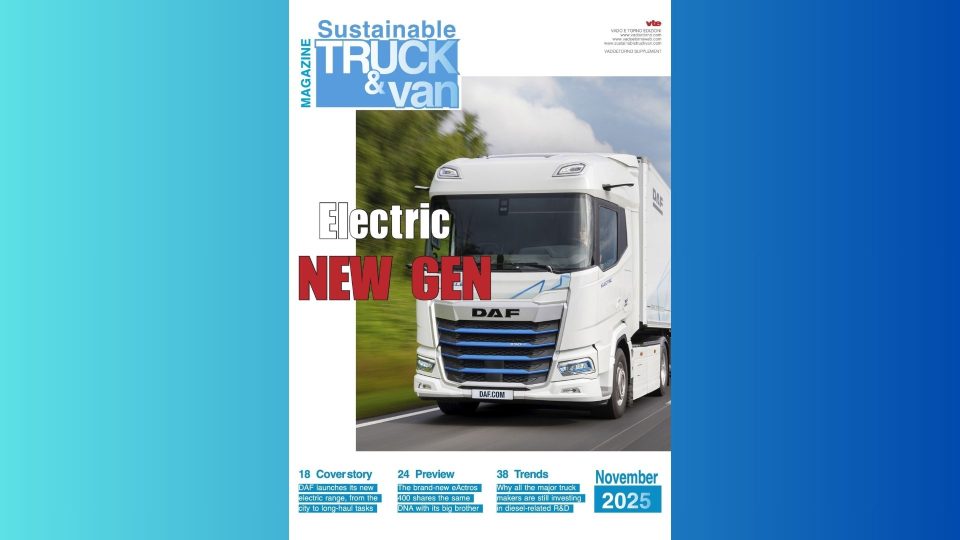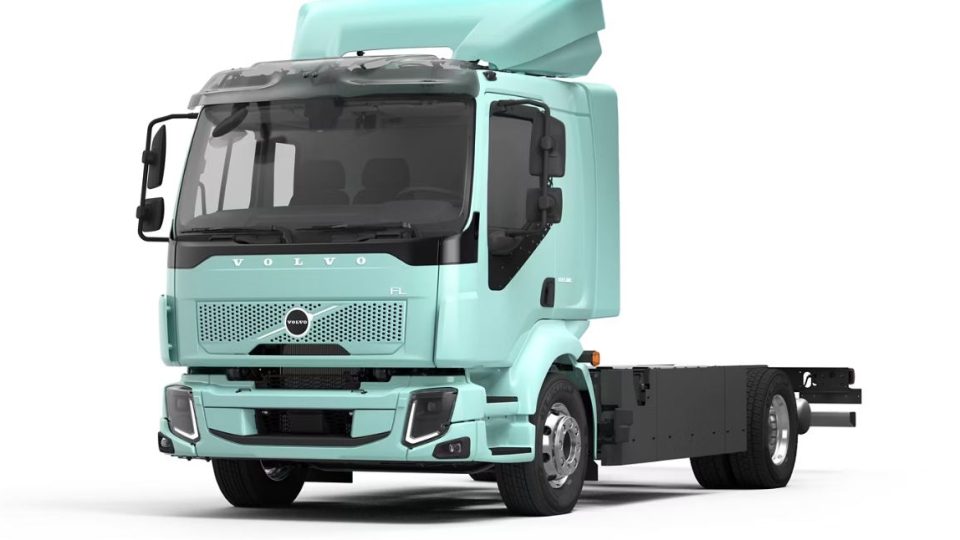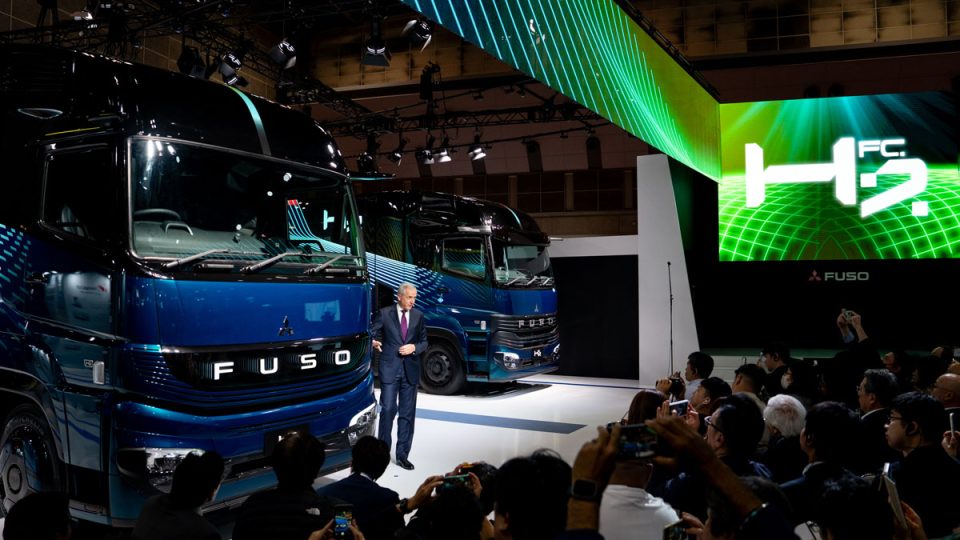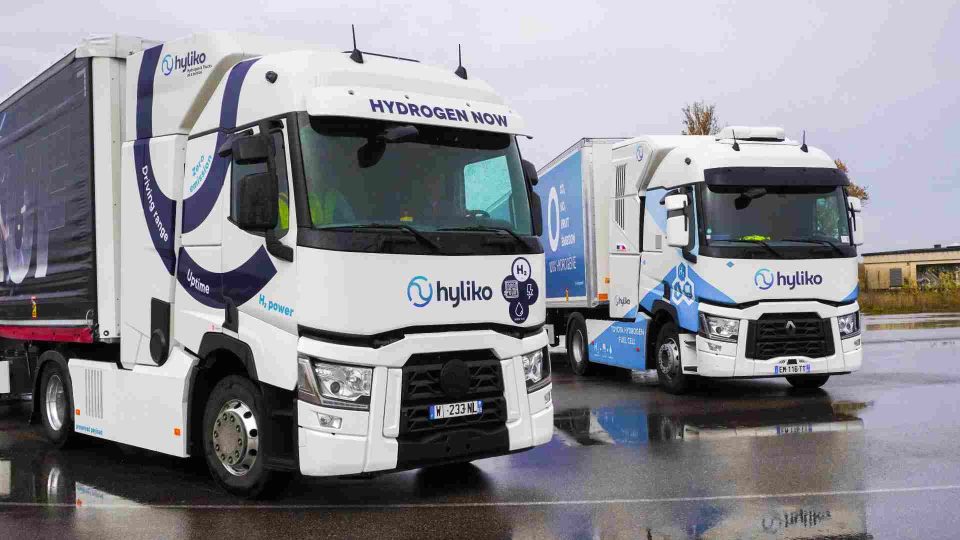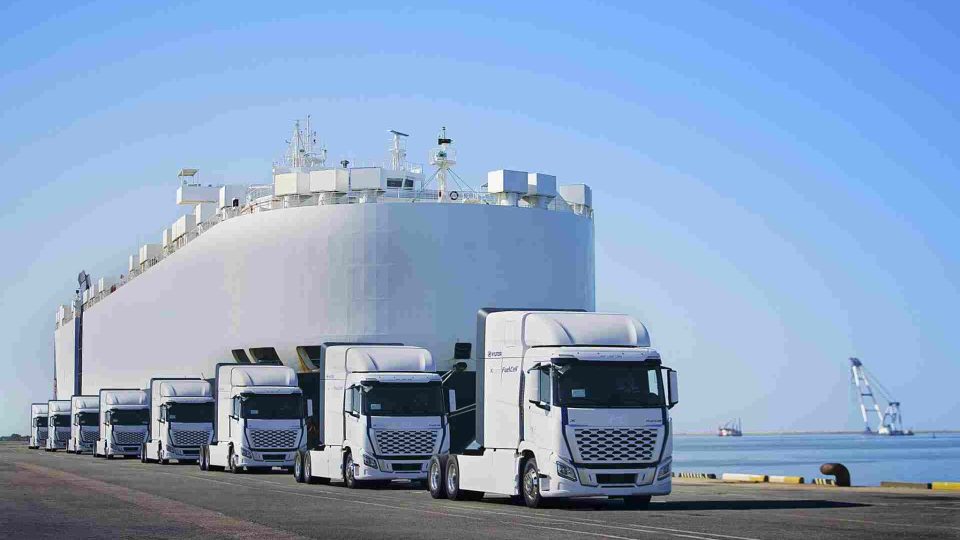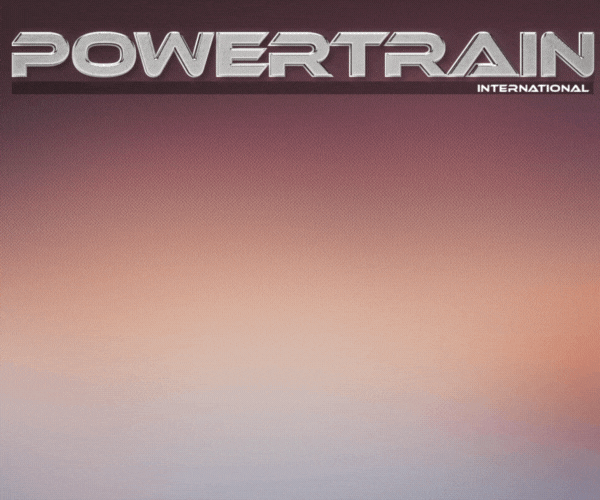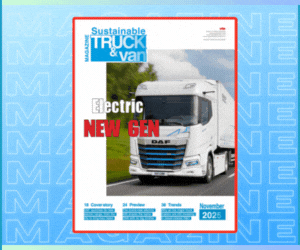Citroën gets first order of hydrogen van. The ë-Jumpy addressed to the Suez Group
The ë-Jumpy Hydrogen has two complementary propulsion systems: a battery to store energy and supply electricity and a fuel cell, which converts hydrogen and oxygen in the air into electricity, water and heat. As long as it is supplied with hydrogen, this power generator works continuously.
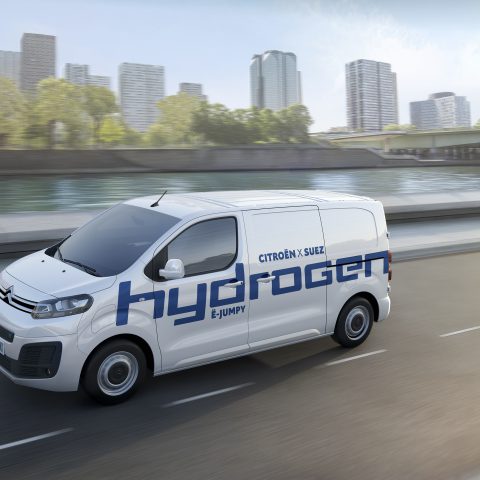
The first Citroën ë-Jumpy Hydrogen comes off the assembly line at the SevelNord plant, in France, before being converted at the Stellantis hydrogen fuel cell centre of expertise in Russelsheim, Germany. The vehicle is addressed to privileged customer the Suez Group, following the first order placed for a Citroën hydrogen-powered van. Talking about brands belonging to the Stellantis group, then, it’s a very hectic time as of hydrogen, after the news of the first Opel Vivaro-e manufactured in Germany, in the latter case following an order from Miele.
Citroën ë-Jumpy Hydrogen: range and charging
The hydrogen solution is aimed at those who need a range of more than 300 km for long journeys or long rounds, who require a vehicle that charges quickly in order to maximize usage time, who need access to restricted city centres but who also have a usage profile more suited to faster roads and motorways, where there is easy access to hydrogen stations. With this hydrogen range, professionals can reduce their fleet’s carbon footprint and make their activities more sustainable. Citroën declares a range of almost 400 km (WLTP homologation is pending) and the possibility of charging the hydrogen tank in a few minutes.
«The fuel cell hydrogen solution is now becoming a reality with this first ë-Jumpy Hydrogen coming off the assembly line», said Laurence Hansen, Citroën Product and Strategy Manager. «Complementing our electric portfolio, it will give customers a greater driving range and optimise vehicles’ usage time thanks to its ultra-fast refuelling. All this while retaining the capabilities and practicality of the vehicle to remain relevant on the LCV market. Citroën is proud to be able to combine all the qualities that have made its thermal vehicles so successful, while adding the peace of mind of more environmentally-responsible future-focused driving. With the current plans to develop hydrogen, this is a major new solution complementing the widest range of electric utility vehicles on the market. We are pleased to offer Suez – a privileged partner strongly committed to reducing our environmental footprint – this first vehicle for full-scale testing under real conditions».
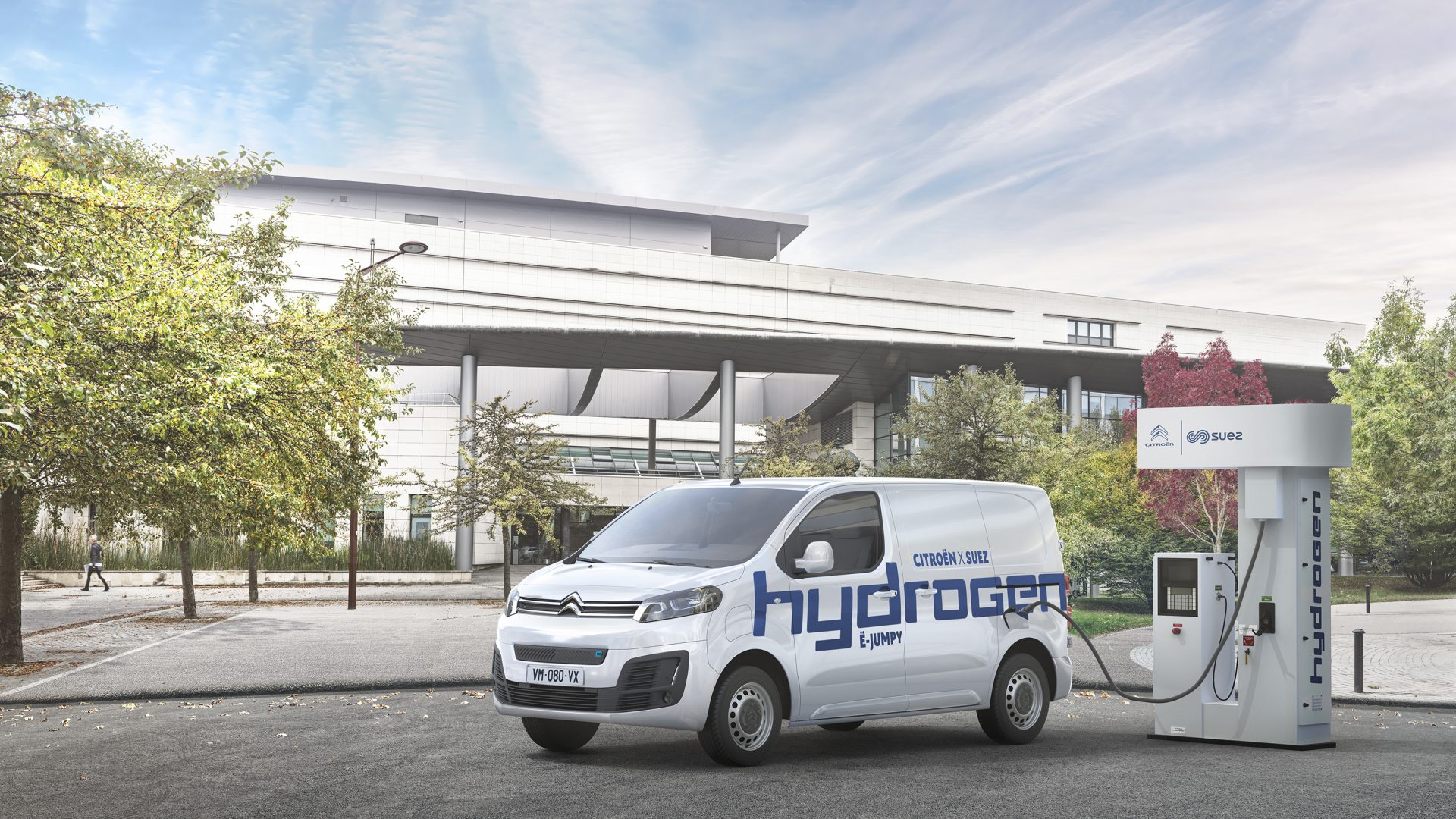
Battery and fuel cell
The ë-Jumpy Hydrogen has two complementary propulsion systems: a battery to store energy and supply electricity and a fuel cell, which converts hydrogen and oxygen in the air into electricity, water and heat. As long as it is supplied with hydrogen, this power generator works continuously. The electric motor, mainly powered by the 45 kW hydrogen fuel cell, is therefore able to offer an extended driving range of nearly 350 km. The 10.5 kWh lithium-ion battery acts as a back-up, able to cover 50 km on the WLTP cycle. It also provides additional power to the engine, which is necessary to give dynamic vehicle performance, especially when accelerating. It also enables energy recovery during deceleration and braking. The combination of these two components ensures a driving range of over 400km.
Charging ë-Jumpy Hydrogen is 20 times faster than charging an electric vehicle (based on charging at a 100 kW public charging station). Barely three minutes are therefore enough to fill up the three hydrogen tanks, which have a useful storage capacity of up to 4.4 kg, saving time and increasing productivity for all companies that are unable to leave their vehicles immobilized during charging, and giving them a longer usage time.



